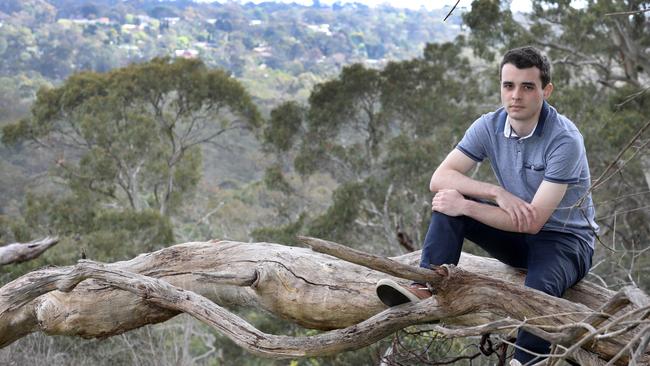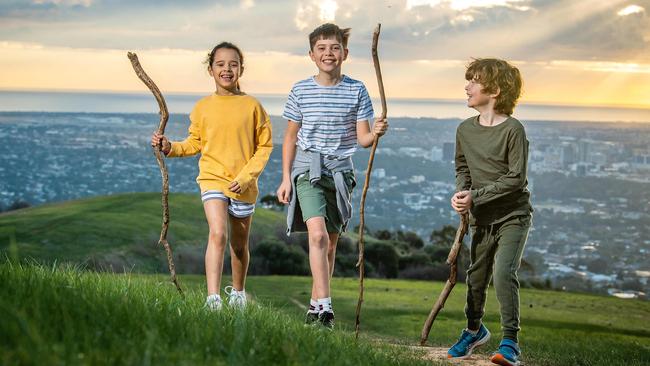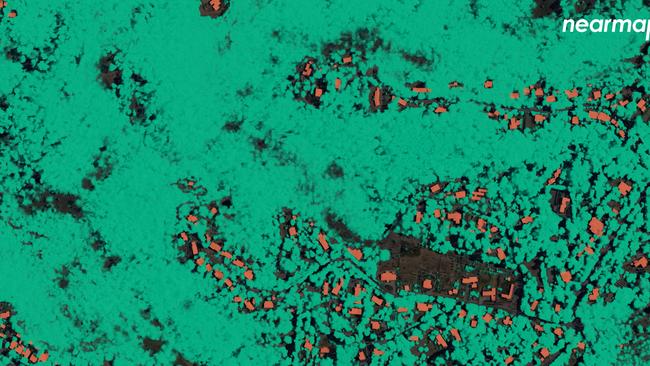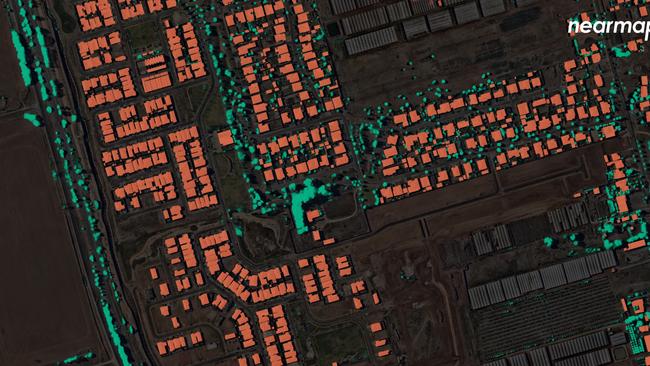Adelaide’s National Park City status shines spotlight on tree law reform as Nearmap reveals more disturbing tree canopy data
Now that we are a National Park City, despite coming second-to-last in the list of the nation’s leafiest cities this week, what are we going to do about the state’s tree laws?
SA News
Don't miss out on the headlines from SA News. Followed categories will be added to My News.
The state government is under increasing pressure to fix “weak” tree protection laws now that Adelaide has been named the world’s second National Park City after London.
Within days of the announcement, the first national study of tree canopy has placed Adelaide second-to-last in its list of Australia’s leafiest cities.
The study, by aerial imagery firm Nearmap, shows some suburbs have as little as 3 per cent of residential tree cover.
Conservationist Tom Morrison, Mitcham Council’s Young Australian of the Year, said the new data “continued to punch holes in the perception that we are a green city”.
“In reality, we have some of the lowest levels of tree canopy cover of any major city in Australia,” he said.
“The recognition of being a National Park City is fantastic and the community now rightly expects that we will do better when it comes to protecting our urban forest for future generations.”
The latest Nearmap data reveals the best and worst suburbs for residential tree cover across all four regions of greater Adelaide, showing some are almost devoid of trees.
At the bottom is Virginia in the north (3 per cent tree canopy cover), Seaford Meadows in the south (4 per cent), Mansfield Park in the west (6 per cent) and Newton (10 per cent) in the east.
The state government’s own remote sensing data, last captured in 2018, shows 23.4 per cent of metropolitan Adelaide is covered with trees greater than 3m tall.
This analysis will be repeated next year to reveal the change over a five-year period.

Mr Morrison said “urgent action” was needed to stop tree canopy loss, strengthen “our weak and illogical tree protections” and reach for the 30 per cent tree canopy goal in the 30-Year Plan for Greater Adelaide.
“Urgent action is required to address just how far behind the eastern states we have fallen, not only in terms of tree canopy but also the protections they provide to trees across their metropolitan areas,” he said.
Nearmap artificial intelligence systems senior director Dr Michael Bewley said the National Park City movement was a great initiative.
“It’s actually really important that you don’t just have cities devoid of nature and then national parks nearby,” he said.
“You have to consider what is going on within the city, because these effects are very local, you need trees nearby and natural environments nearby to get the benefits.”
Conservationists, landscape architects, arborists and historians behind the state campaign to Save Our Trees expect new data will show “tree canopy cover is still going backwards”, Conservation SA chief executive Craig Wilkins said.
Their comparative study of tree laws released earlier this month called on the state government to remove exemptions to tree law protections, which do not apply interstate.
A state government spokeswoman said the State Planning Commission was “currently reviewing the state’s open space and trees policy and regulations”. “The Commission intends to provide advice to the government following this … three phase review that will be carried out through 2022,” she said.

Australian aerial imagery and location intelligence company Nearmap uses machine learning to turn high-resolution aerial imagery (that covers 90 per cent of the Australian population) into information and insights to help organisations, in sectors including government, insurance, and construction to make faster and better decisions.
More Coverage








